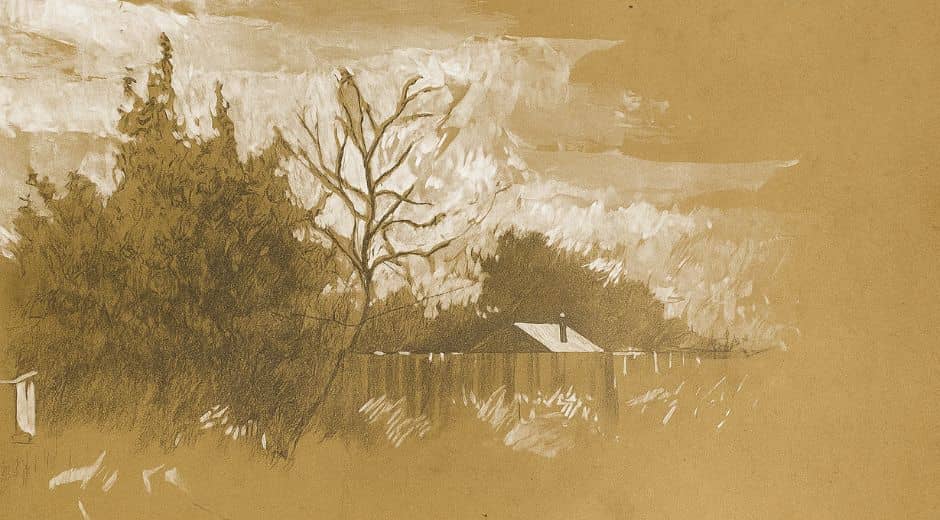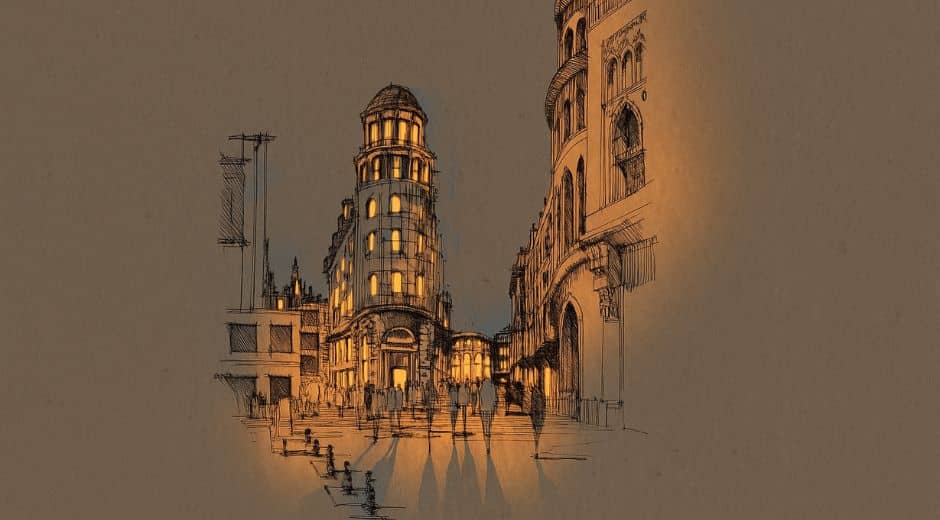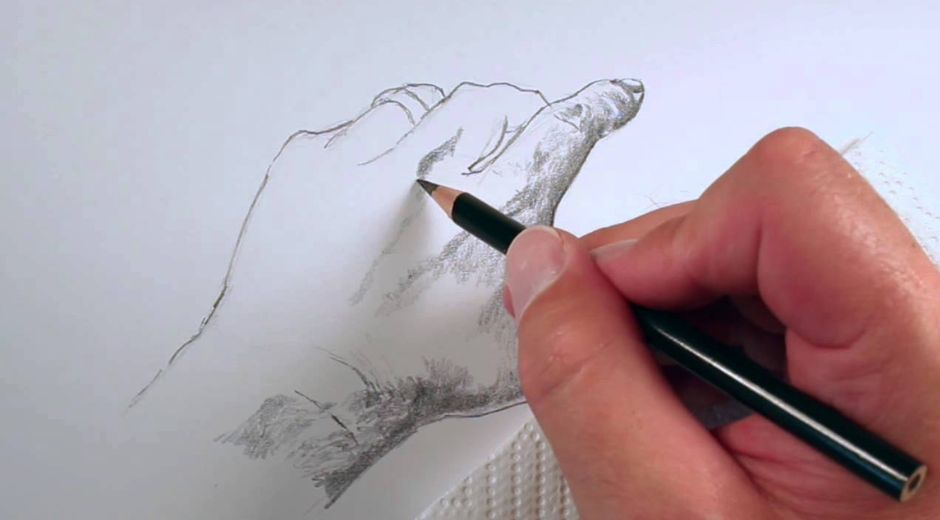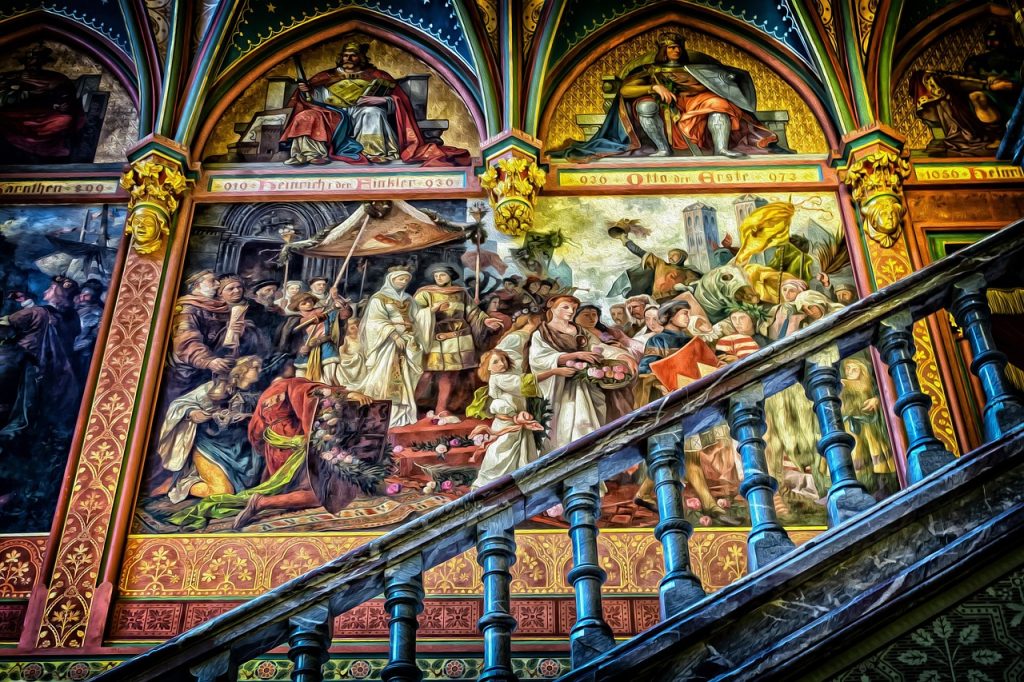The Intersection of Visual Harmony and Function
The Intersection of Visual Harmony and Function
In an age where visuals dominate communication, achieving harmony between form and function has become an essential part of visual storytelling. Whether in product interfaces, editorial layouts, or brand imagery, the way an image is structured directly influences how it is perceived and remembered.
This concept — visual harmony — is not about decoration. It’s about clarity, proportion, and rhythm that quietly guide the viewer’s eye and elevate the overall message.
When a visual composition works, we feel it immediately. The alignment, contrast, and spacing deliver a sense of stability that allows the viewer to focus effortlessly on what truly matters. In that moment, structure becomes invisible, and the message takes center stage.
The Role of Balance in Visual Composition
Every visual medium — from digital illustration to product design — relies on balance to create order. Balance is not symmetry alone; it’s a dynamic relationship between contrasting forces.
Light and shadow, texture and smoothness, simplicity and density — all coexist within a single frame to form an intentional whole.
When balance is off, the mind senses tension. It struggles to process what it sees. But when balance is achieved, comprehension becomes fluid, and the experience feels intuitive. That is the foundation of effective communication — not through excess, but through deliberate structure.
For those interested in exploring the broader impact of structure in visual projects, Museatime’s article on Designing with Purpose expands this conversation to include how mindful design principles influence user experience and perception.
Geometry, Color, and the Psychology of Perception
Visual harmony begins with geometry. Shapes determine how the human eye navigates a layout, while color influences emotional response and attention hierarchy. When used cohesively, they produce an organic rhythm that the viewer can intuitively follow.
The circle conveys continuity and protection. The square represents stability and logic. The triangle introduces movement and energy. By arranging these forms in proportional relationships, the designer establishes a hidden grid that holds the entire visual world together.
Color theory plays an equally vital role. Warm hues advance; cool tones recede. Saturation builds emphasis, while neutrality offers space to breathe.
The balance of these attributes creates depth — not only visually but cognitively. It determines how quickly someone connects with an image and how long they stay engaged.
The Shift Toward Functional Aesthetics
Modern audiences are perceptive and informed. They expect visuals to be more than ornamental; they must serve a purpose. This has led to a shift toward functional aesthetics — a design mindset that blends technical accuracy with aesthetic clarity.
In practical terms, this means every visual element must justify its existence. A well-placed highlight, a measured gradient, or a deliberate typeface choice each serves a communicative role. Nothing is arbitrary. Every visual decision becomes an opportunity to support readability, accessibility, and narrative focus.
This philosophy extends across industries, from media and marketing to financial visualization. For instance, FinanceWorldHub.com showcases how visual balance and clear information design can translate complex financial data into accessible, engaging presentations — proving that harmony isn’t reserved for the artistic realm alone.
The Human Element: Seeing with Intention
Despite advances in technology and design automation, the human element remains irreplaceable. Visual harmony stems from observation — the designer’s ability to see patterns, anticipate reactions, and understand context.
Observation transforms into discipline. It’s about refining decisions until the image communicates with absolute precision. This level of attentiveness doesn’t rely on spontaneity but on awareness — seeing not just what is present, but what is missing.
The most successful visual systems are those that simplify complexity without losing identity. They reflect restraint, refinement, and thoughtfulness — qualities that resonate far beyond aesthetics.
Harmony as a Universal Language
Visual harmony transcends language and culture. It allows messages to be understood instantly, regardless of background.
A well-structured visual is universally approachable because it relies on principles that are human in nature — balance, rhythm, and proportion.
When these principles are applied consistently, they create trust. A cohesive visual world communicates reliability. In the digital landscape, that trust translates into engagement, credibility, and loyalty.
Whether it’s a user interface, a publication cover, or an exhibition poster, harmony acts as a silent bridge between intention and understanding.
Conclusion
To design with balance is to communicate with clarity.
Visual harmony is not an accessory to modern design — it is its foundation. It bridges beauty and usability, message and medium. It reminds us that the most memorable visuals are not those that shout the loudest, but those that speak the clearest.
As the boundaries between disciplines continue to blur, the demand for balanced visual thinking grows stronger. Every image, layout, and visual composition offers an opportunity to achieve that delicate equilibrium between structure and expression — the true hallmark of meaningful design.
Inspiration Expression Eternity

Shaping Atmosphere: How Visual Choices Transform a Space
A space changes instantly through form, color, shadow, and arrangement. Explore how thoughtful visual decisions influence mood and elevate everyday interiors.

Shaping a Scene: How Structure Guides the Eye
Every sketch benefits from structure. By guiding the viewer’s eye with thoughtful arrangement, illustrators create pieces that feel intentional, balanced, and visually inviting.
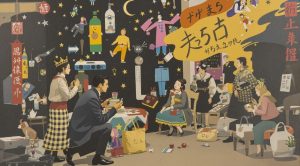
How Traditions Evolve Through Modern Life
Traditions don’t disappear as time passes — they shift, adapt, and take on new forms. Explore how modern life reshapes long-standing customs while keeping their spirit alive.





